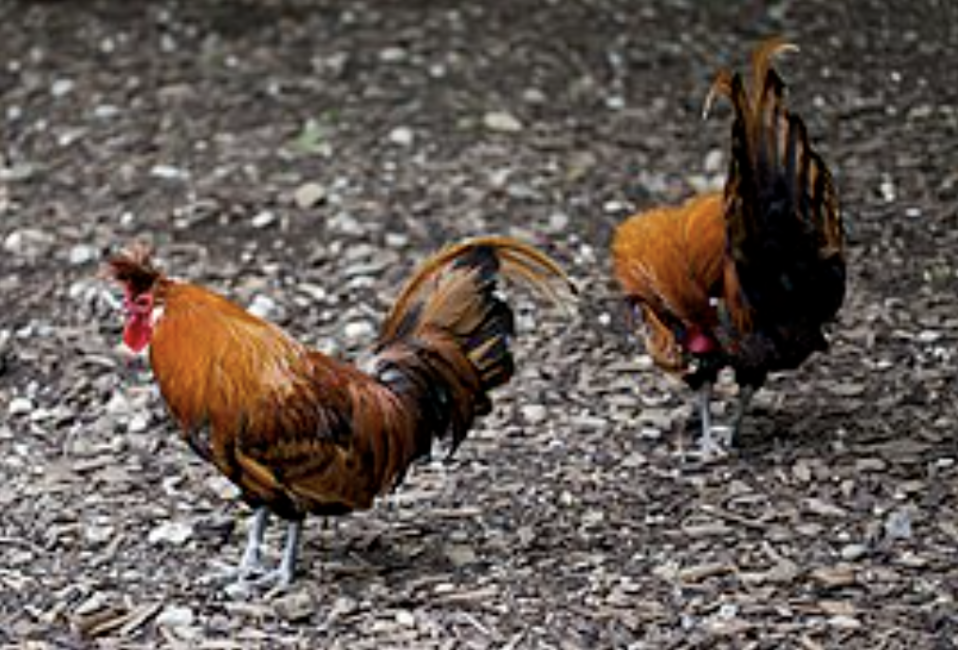Avian Influenza, otherwise known as Bird Flu, has swept through the nation’s farms, affecting poultry and now, more concerningly, cattle. The recent transfer of the virus to a mammal raises questions about the safety of humans against this infection.
The strains of Avian Influenza that can infect a human are the A(H7N9) virus and the highly pathogenic Avian Influenza (HPAI) A(H5N1) and A(H5N6). Normally the odds of getting infected are low, with humans only contracting the virus if it gets into the eyes or nose or mouth by inhalation.
In March 2024, the H5N1 strain of Avian Influenza started to appear in cows, and eventually spread to more than 900 herds across the country due to the frequent travel of dairy cows. The recent spread to mammals has scientists worried for a future pandemic.
“If the virus has adapted to cows, it is also better adapted to go into human cells,” evolutionary virologist at the Royal Veterinary College Daniel Goldhill said to Nature. “This is a first stepping stone for the virus — and it has increased the risk level of a virus jumping to humans.”
The virus has made a rapid appearance in humans in North America, with 40 people infected by sick cows, 24 people directly from birds, with the first human death taking place in Louisiana. Right now, patients who have been infected with the virus are showing relatively mild symptoms, but past bird flu strains have proved to be very deadly to humans. Over the past 20 years the World Health Organization (WHO) has reported 50% of the over 950 cases documented have ended in death.
“The last six months have accelerated my concern, which was already high,” an infectious diseases physician and the founding director of Boston University’s Center on Emerging Infectious Diseases Dr. Nahid Bhadelia said to NPR.
Most of those who got infected work closely with the poultry and cattle industry. Health officials are wary of general infection, but maintain that the risk to the public is low, as there has been no evidence of person-to-person spread of the virus.
“Because the virus isn’t good at growing in the human nose and throat, people who get sick don’t seem able to easily infect others by coughing or sneezing, as happens with the regular seasonal flu,” an associate professor of veterinary and biomedical sciences at Penn State University, Troy Sutton said to “Time Magazine.”
A vaccine is available for H5N1, and the U.S. government has added 4.8 million doses of the available to their pre-existing stalk pile.
“At the moment, from the point of view of severity and ease of transmission, it does not seem like an imperative to get a vaccine out to protect humans,” physician and professor of preventive medicine at Vanderbilt University in Tennessee, William Schaffner said to WIRED.
Though there is a threat of being infected by the Avian Influenza, the risk is low, especially when compared to the threat of the previous COVID-19 virus. As long as the public stays away from wild birds, consumes pasteurized milk, and fully cooks eggs and meat, the risk for infection should remain relatively low.
“Risk remains low despite what appears to be the introduction of a different genotype of Avian Influenza A (H5N1) virus into dairy cows based on the USDA’s Animal and Plant Health Inspection Service Stakeholder Registry email,” a statement by the CDC said. “CDC continues to monitor this situation closely for signs that would indicate the risk to human health has changed.”




